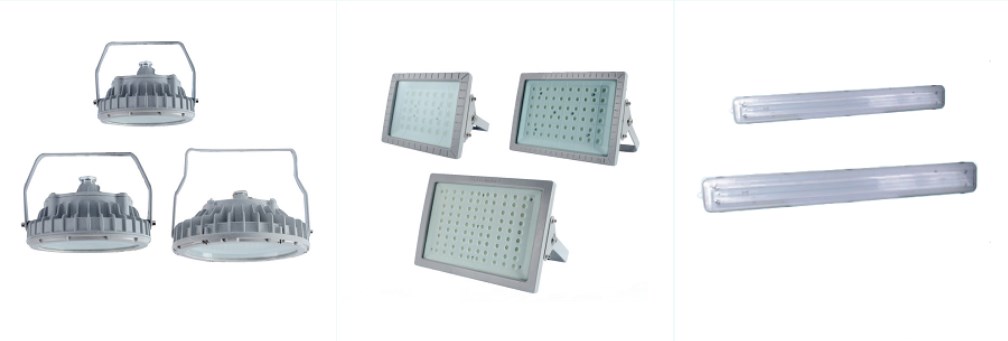Bonded joint surfaces are a common structural form in flameproof equipment and are widely used in explosion-proof lamps, explosion-proof instruments, flameproof control boxes, and flameproof motors.
I. General Provisions The components of the flameproof enclosure may be directly bonded to the enclosure wall to form an inseparable assembly, or bonded to a metal frame so that the assembly can be replaced as a whole without damaging the bond.
II. Mechanical Strength The bonded joint surfaces that form part of the flameproof enclosure only ensure the enclosure’s sealing. The structure should be such that the mechanical strength of the components does not solely rely on the adhesive properties of the bonding material. Doors or covers that are expected to be opened during maintenance or installation should not, upon opening, cause the supplementary mechanical fixation method of the bonded joint surfaces to fail.
III. Bonding Materials The bonding materials should be capable of withstanding the required adverse operating conditions. The lower limit of the continuous operating temperature (COT) of the bonding materials should not exceed the minimum working temperature, and the upper limit should be at least 20 K higher than the maximum working temperature.
IV. Width of Bonded Joint Surface The shortest path through the bonded joint surface from the inside to the outside of the flameproof enclosure with a volume V shall be:
– Not less than 3 mm when V ≤ 10 cm³;
– Not less than 6 mm when 10 cm³ < V ≤ 100 cm³;
– Not less than 10 mm when V > 100 cm³.

